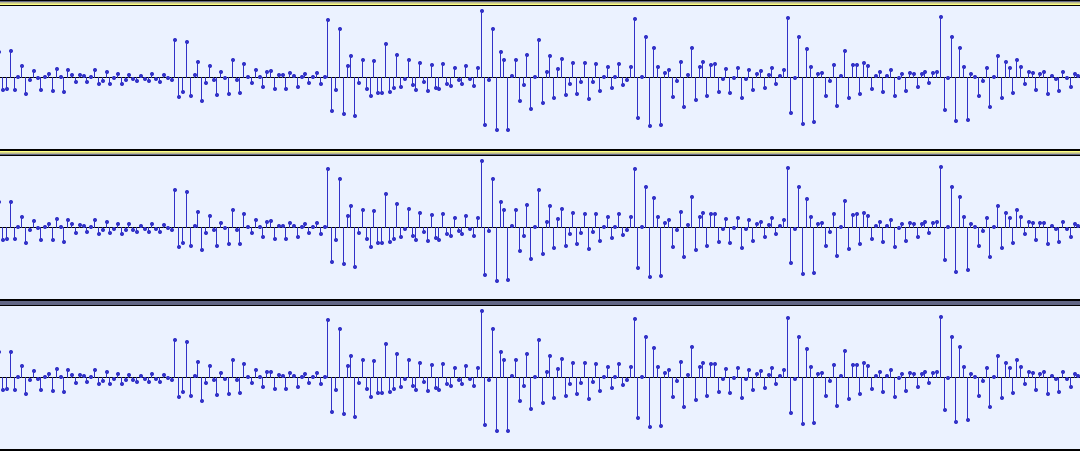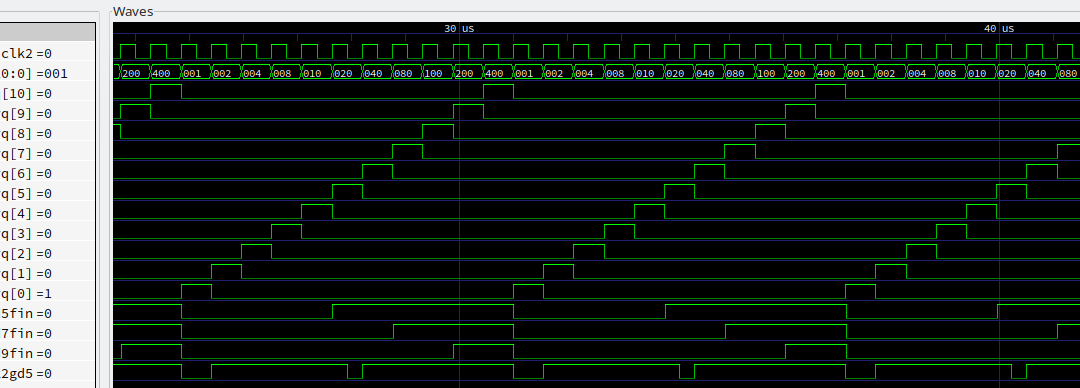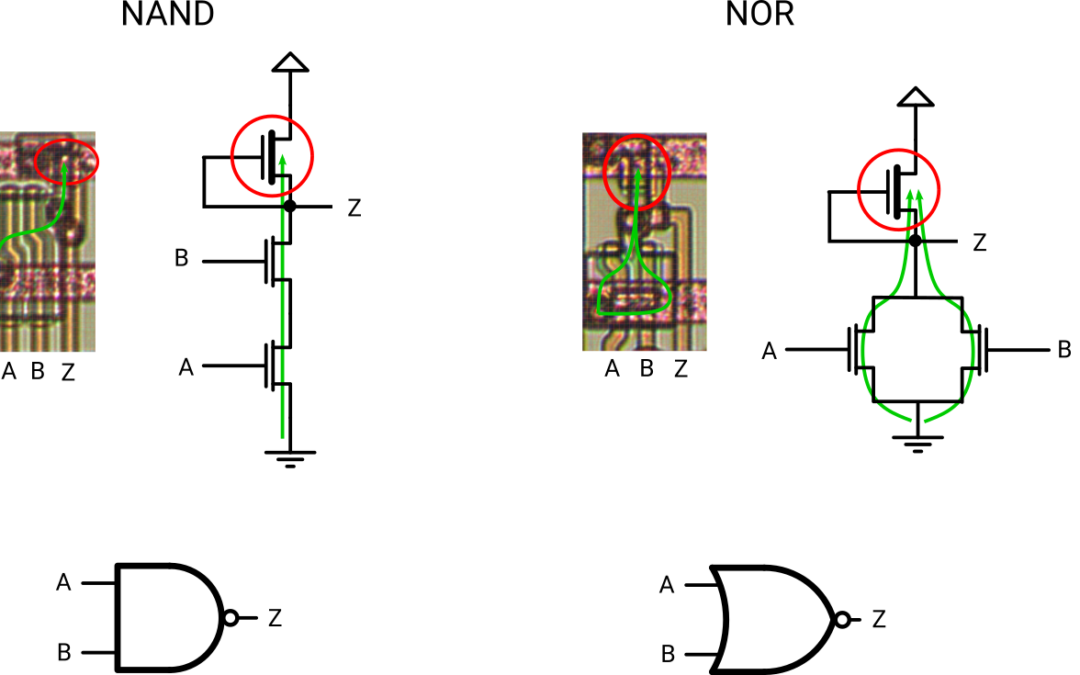
by Devsaurus | Nov 22, 2021 | Core News
The investigations up to this point remained entirely in the digital domain. Waveforms like the ones shown in the VLM5030 gate-level design validation and lock-step comparison post were derived from the PCM data right before it enters the DAC. This is most suitable to...

by Devsaurus | Sep 28, 2021 | Core News
What could cause that the VLM5030 partially behaves non-deterministic for certain frames? The usual suspects are incomplete reset and …randomness. Lots of internal states / flip-flops aren’t affected by the RST input, so that could be a cause for repeated...

by Devsaurus | Sep 11, 2021 | Core News
Now with the extracted gate-level design in place, how does it perform? The initial validation consisted of two basic phases: VHDL simulation in a test bench that dumps the PCM audio to a binary file. The binary is imported with Audacity and converted to WAV format...

by Devsaurus | Sep 8, 2021 | Core News
When I started to search for the random generator the first challenge was the decision where to begin with. Looking at the die, there are not many landmarks that provide clear guidance. The ROMs are quite prominent due to their regular structure, but they don’t...

by Devsaurus | Aug 22, 2021 | Core News
The previous post introduced a tracing procedure to extract logic gates from VLM5030’s layout information. This post shows how the procedure can be extended to extract VLM5030’s embedded ROMs. Simple ROMs The image below shows a portion of the sequencer...

by Devsaurus | Aug 22, 2021 | Core News
The technology We need to set the stage first for this post. The VLM5030 is built from depletion-load NMOS logic. This means there are basically two types of devices: Enhancement-mode NMOS transistors for shorting a node to GND (or forwarding voltage between two...

by Devsaurus | Aug 14, 2021 | Core News
Quite a couple of Konami cores use the VLM5030 chip to generate human-like speech for in-game effects. While the replacement design created for the replay library does its job, it still falls behind the audio of an original chip. This is mainly due to the fact that...







